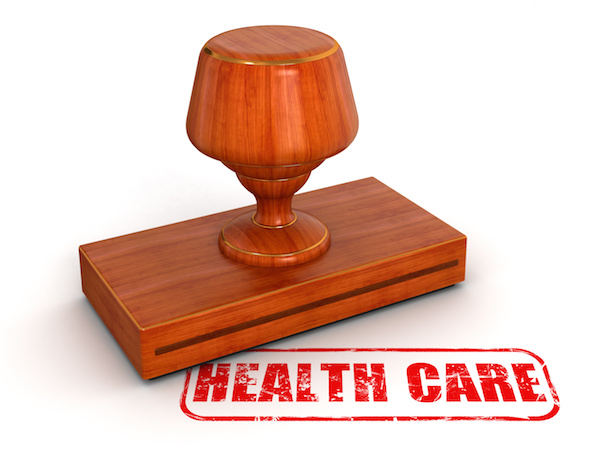
TUESDAY, Feb. 5 (HealthDay News) — A new report finds that cancer rates among blacks in the United States are on the decline, especially among black men, and the improvement may have saved almost 200,000 people from dying of the disease since the early 1990s.
Still, blacks continue to be more likely to die of cancer than whites, and researchers say they don’t have a good handle on why. There are many possible explanations, everything from genetics to choices about health to the treatment of blacks in doctor’s office and differences in wealth and education.
In the big picture, “it’s the good news, bad news story,” said report author Carol DeSantis, an epidemiologist with the American Cancer Society.
Despite the positive numbers, she said, “the African-American community is still unduly burdened by cancer. They have the highest death rates [for many types of cancer], poorer survival and are more likely to be diagnosed with advanced stage disease.”
Specifically, the report found that:
- Black males are 15 percent more likely than whites to get cancer and the most common cancers are prostate, lung, colon, kidney and pancreas malignancies. They’re also a third more likely to die, even though their death rates have been declining faster than white men, largely because they’re smoking less, DeSantis said.
- Overall, black females are 6 percent less likely to get cancer than whites, but their death rate once they are diagnosed is 16 percent higher. One of the problems is that they’re more likely to get an especially deadly form of breast cancer. “African-American women get breast cancer at a lower rate, but they’re more likely to die from the disease,” DeSantis said.
- Colon cancer is about 22 percent more common in blacks than whites, and death rates are roughly 50 percent higher. Researchers say this is because blacks have more risk factors, are screened less often and are typically treated differently.
- The good news: Cancer death rates have declined since the early 1990s by 2.4 percent a year for black men (higher than a 1.7 percent annual decline among whites), while they’ve gone down by about 1.5 percent a year for both white and black women.
Dr. Dalliah Black, a surgical oncologist at the University of Texas MD Anderson Cancer Center in Houston, said it’s difficult to figure out the causes of the differences in how cancer affects whites and blacks.
She said biology may play a role, along with differences in how doctors treat patients of different races. Skepticism among blacks about the medical profession could be a factor, she added, “but I don’t think it’s as pervasive of a feeling in the African-American community as in the past.”
What to do?
Black said more cancer screening is crucial, and “there’s a lot of room for improvement in increasing public awareness about cancers that can be treated. That can translate into improvement in survival,” she said.
The report appears in the Feb. 5 issue of the journal CA: A Cancer Journal for Clinicians.
More information
For more about disparities in cancer care, try the U.S. National Library of Medicine.

